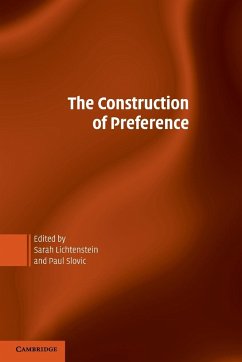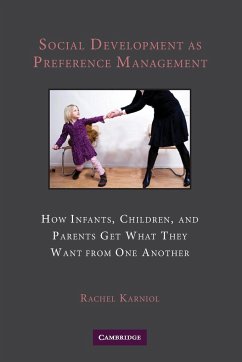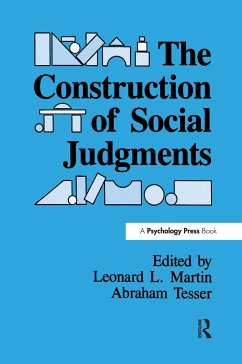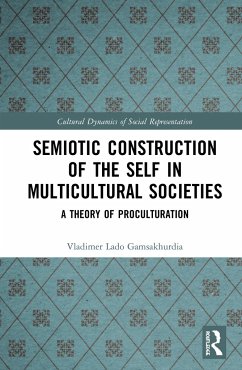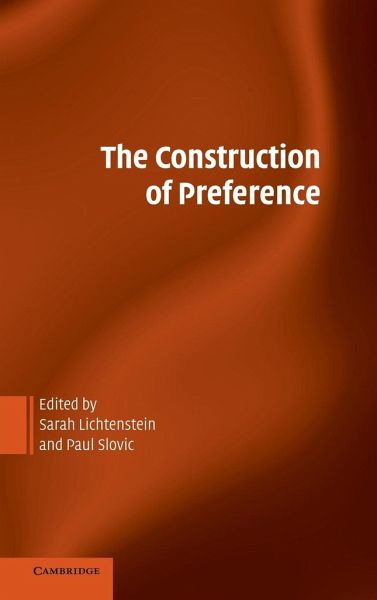
The Construction of Preference
Versandkostenfrei!
Versandfertig in 1-2 Wochen
125,99 €
inkl. MwSt.
Weitere Ausgaben:

PAYBACK Punkte
63 °P sammeln!
When asked to make a decision, people often don't really know what they want; they must construct their preferences on the spot. Too often, this construction is unduly influenced by irrelevant features such as the way the question is asked. The 38 papers in this book describe the concept of preference construction, tracing the blossoming of this idea within psychology, economics, marketing, law, and environmental policy. The research and the new theories of decision making arising from this idea have strong implications for how we - and our government - should make decisions.





